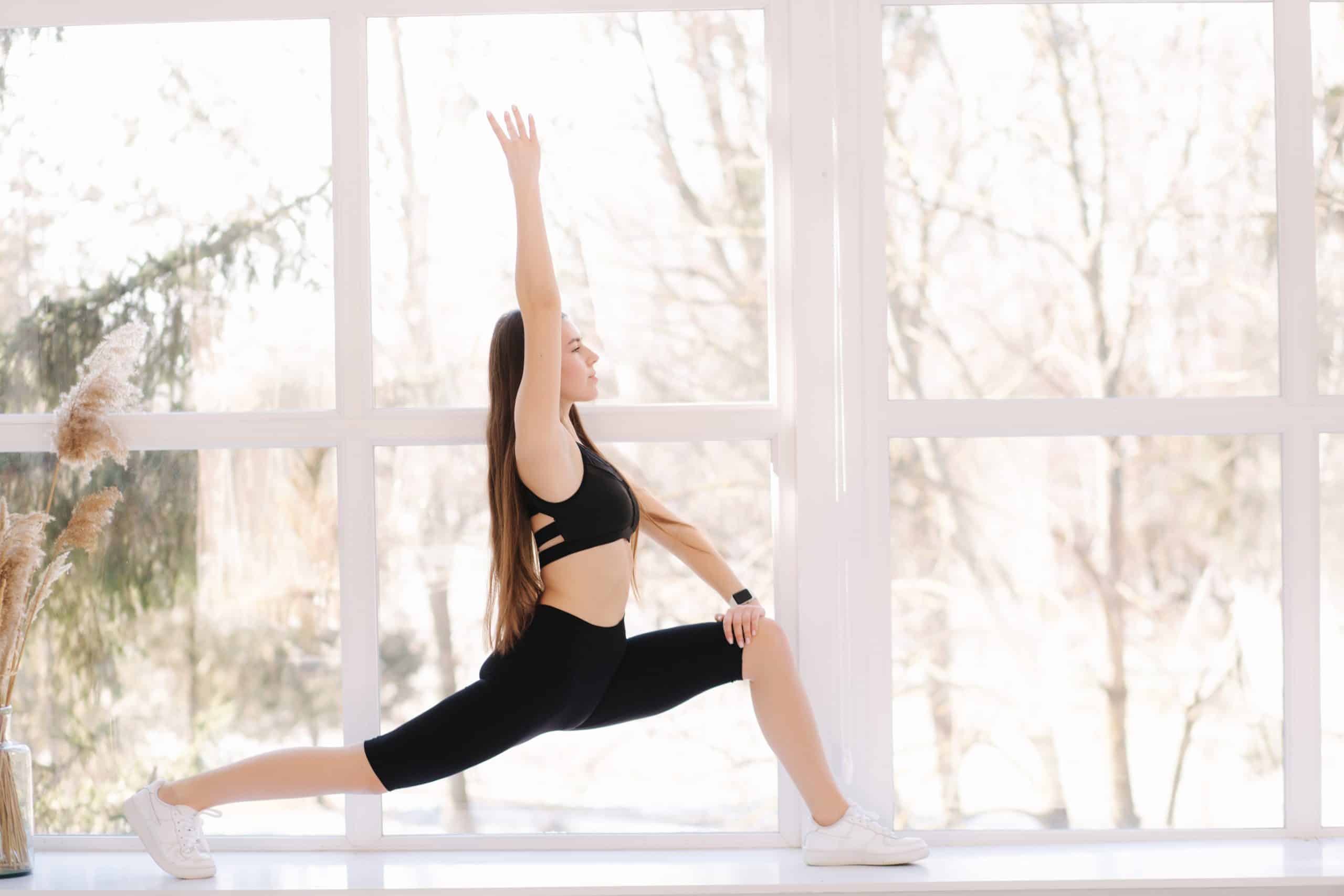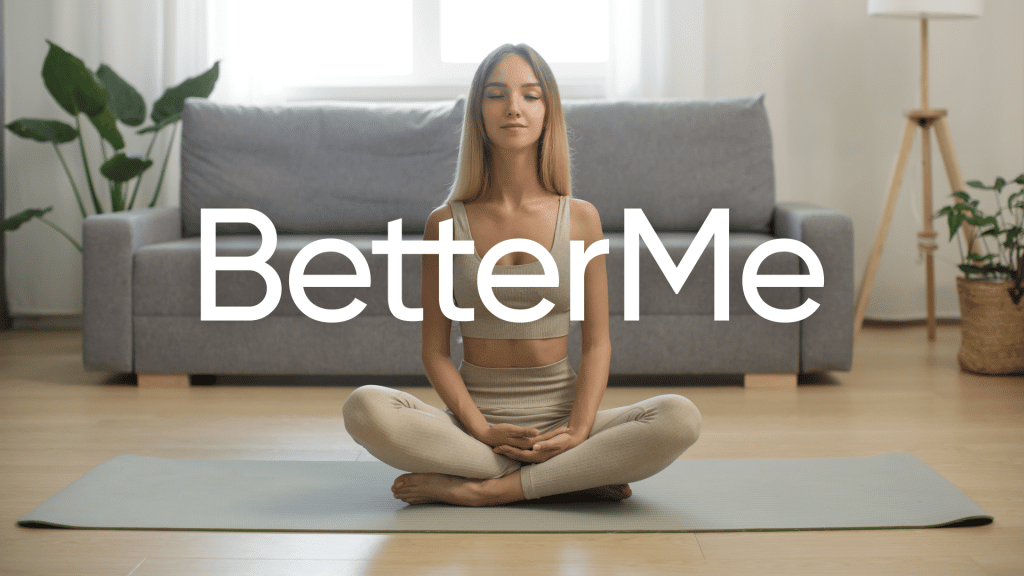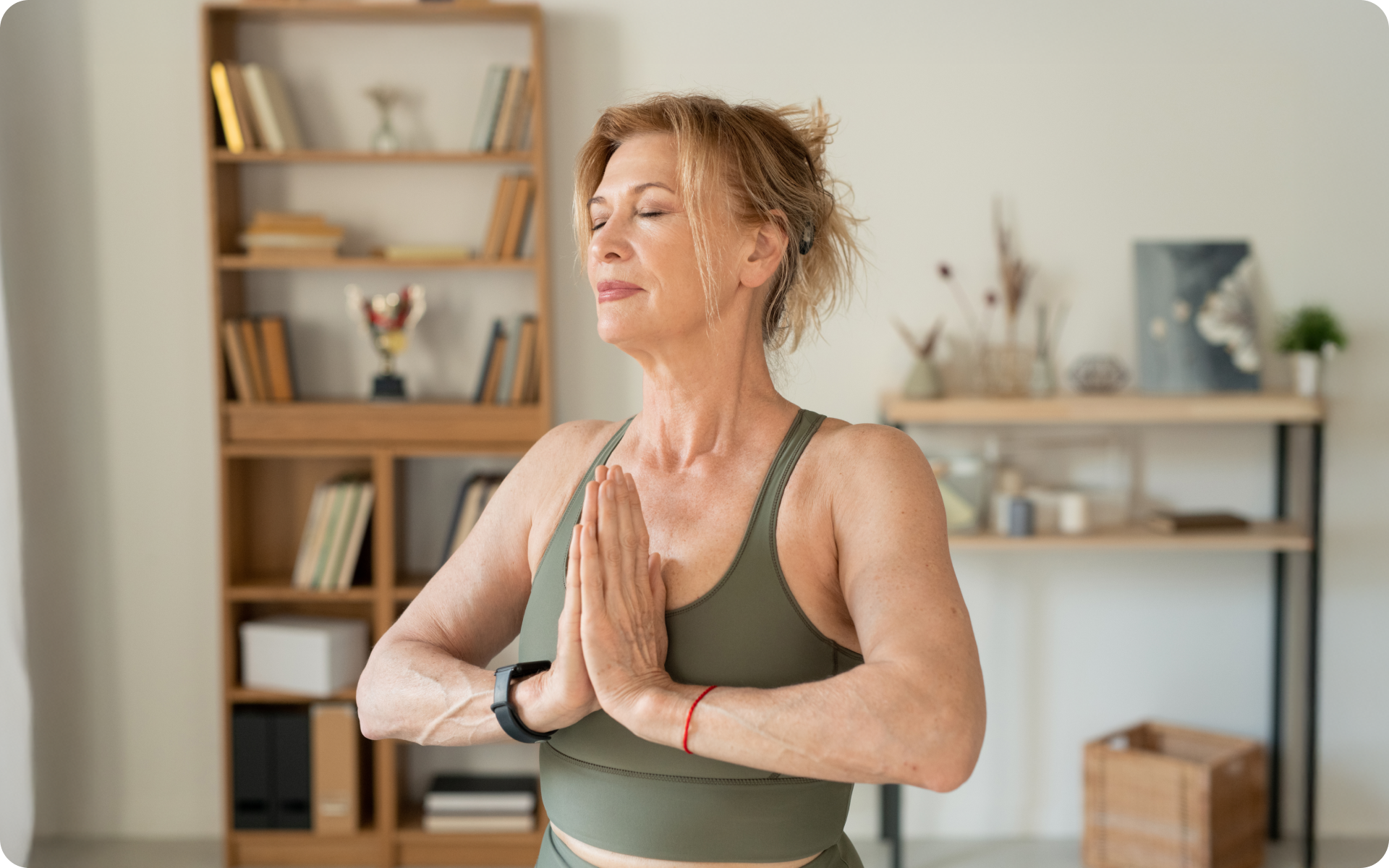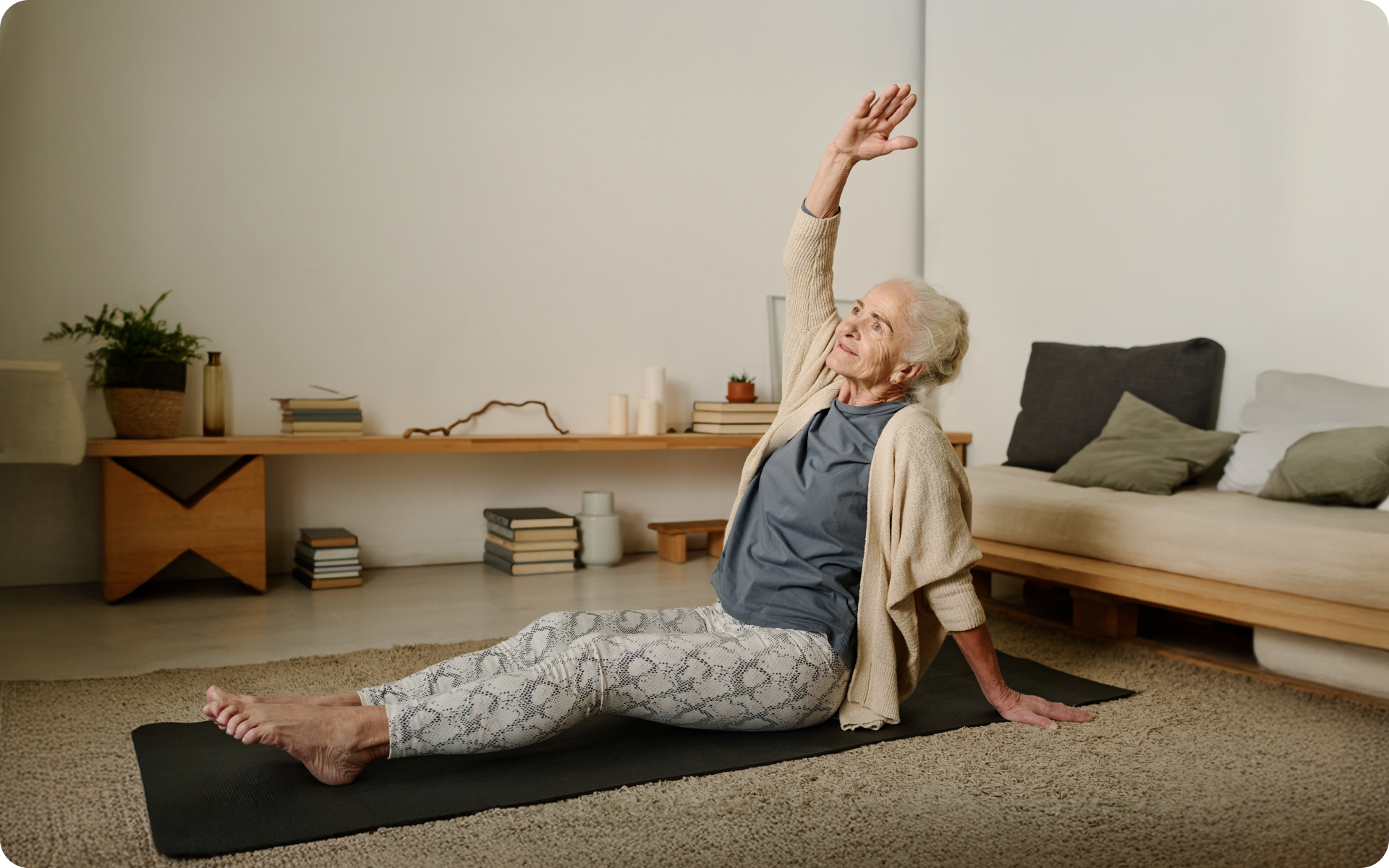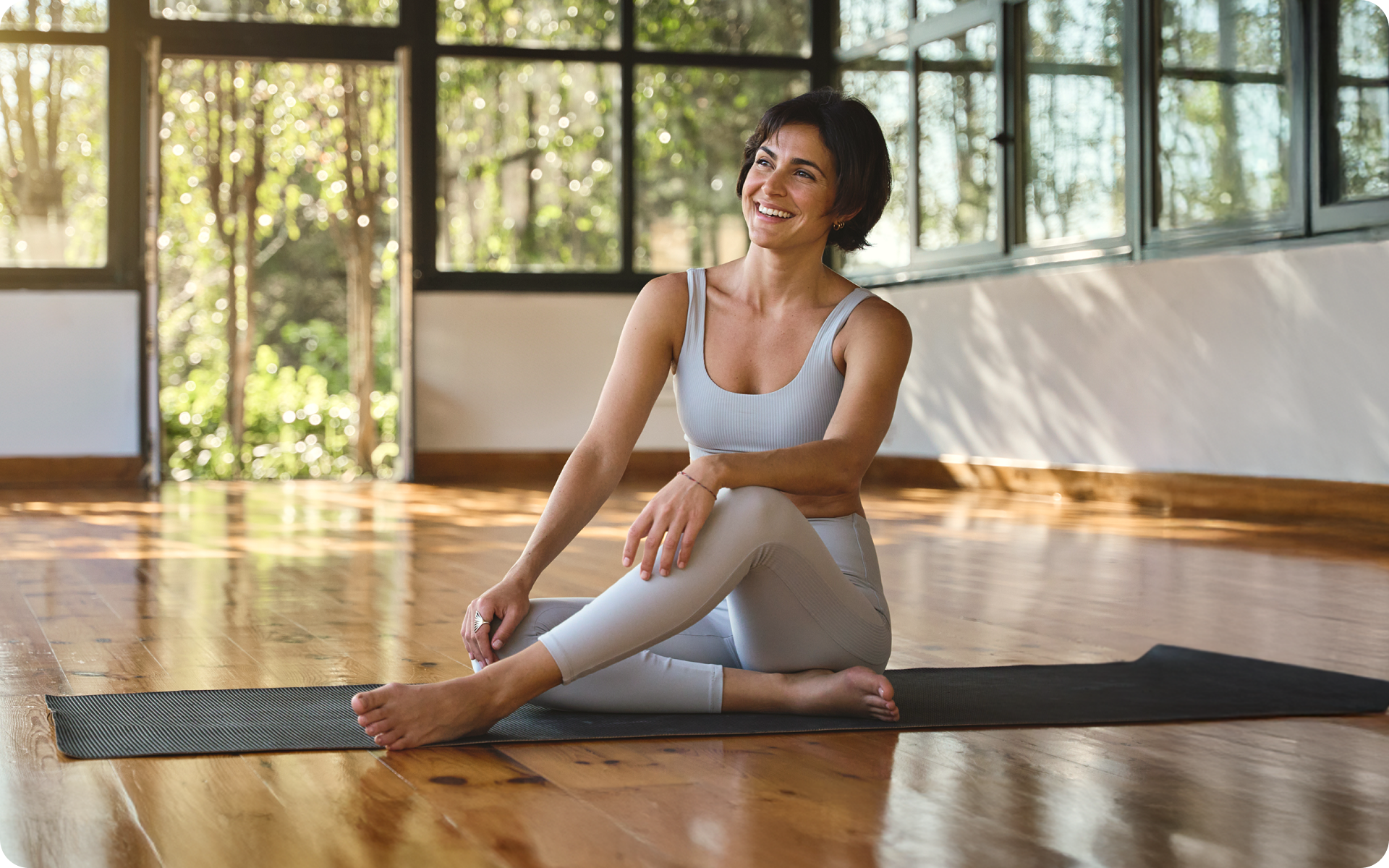When you think of strength training routines, the phrase ‘yoga for weight lifters’ generally doesn’t come to mind. When working out, we often neglect one key aspect of our fitness: flexibility training. Having a full range of motion is key to getting the most from our sessions and staying safe. One of the key areas of focus in yoga is stretching, which is highly beneficial to weight lifters. Keeping muscles limber will help to ensure there are no injuries. This also promotes muscle development, as they are worked throughout the asanas, making yoga another aspect of strength training. We will focus on the benefits of a yoga routine for weight lifters, the frequency at which they should include it, and whether it is better than weight lifting alone. We will also explore some of the most beneficial yoga poses for weight lifters.
Yoga For Weight Lifters: Is Yoga Good For Lifters?
Many forget that flexibility and range of motion are essential for maintaining a well-rounded fitness routine. This fact is especially true for weightlifters who require an adequate degree of movement in their joints. Weightlifting often involves a lot of snatch and jerk movements that significantly strain the muscles around the joints and the back (4). These athletes must be able to move correctly while conducting the movement routines with loaded weight equipment (14).
Yoga can help provide benefits for weightlifting. Yoga is known for its excellent ability to build strength, flexibility, and balance, all of which help the weight lifter achieve better and safer results. Developing a yoga routine for weight lifters can be essential for optimal outcomes (1).
Is Yoga Good For Bodybuilders?
Bodybuilders use weightlifting to take their muscles to peak performance, seeking a state of hypertrophy. They go above and beyond what traditional weightlifters do to achieve maximum results (12). Because of this, yoga is an excellent option to help bodybuilders gain the flexibility their muscles need to maintain a full range of motion around their joints (1).
Can Yoga Replace Lifting Weights?
Yoga can be an effective muscle-building technique that you add to your weight-training routine, adding principles like progressive overload and mechanical stress. In addition to the increase in muscular strength, you’ll also experience greater lower back flexibility. That said, yoga can’t do it all on its own.
While yoga can build muscle, it will not do so at the rate weight lifting does. One reason behind this is that yoga generally uses your weight to achieve its goal, while weightlifting uses weights, which you can increase as you progress through your training.
As you progress through your exercise routine, you will lose weight, not gain it. This weight loss will mean that your strength training with yoga will not progressively increase like that with weight training unless you vary the activities. Regardless of which variations you choose, the impact will not be the same as weight training (3).
Read More: Hip Opening Yoga Poses: The Perfect Way To Relieve Stress From Your Mind And Body
Do Olympic Weightlifters Do Yoga?
Just like with other forms of weightlifting, Olympic weightlifters need a full range of flexibility. Full physical fitness means more than just going to the gym and lifting; it also requires having a full range of motion, which comes from having a flexibility routine. Yoga is an excellent choice for such a routine.
It can improve overall performance during Olympic weightlifting, prevent low back pain, relieve aches and pains following a workout, decrease the risk of injury, and improve posture and balance (5)
Should Powerlifters Do Yoga?
Powerlifters are subject to extreme joint injuries from forcefully lifting heavy weights. A significant risk factor is having joints in extreme positions while bearing a full load. A study published in the British Journal of Sports Medicine noted that many injuries were related to muscle pulls, strains, and back pain from compression due to heavy lifting (6).
While it is not guaranteed that yoga will completely prevent these injuries, it can benefit powerlifters. Yoga has been used for centuries to increase flexibility, reducing the risk of muscle pulls and strains. Additionally, many use yoga to alleviate back pain, especially in the lower back (1).
How Often Should Weightlifters Do Yoga?
You should complete Whole-body stretching at least twice weekly. You should stretch each muscle group for a minimum of 60 seconds each. Yoga is an ideal form of stretching that will target every muscle group in the body, allowing for the release of tension and adding more flexibility (11).
Is Yoga Better Than Strength Training?
Yoga is technically considered a form of strength training. However, if you’re considering comparing it against weightlifting, there are several things to consider before determining whether one is better. It is important to remember that strength training and flexibility should go hand in hand for optimal results (9).
A 2016 study published in Preventive Medicine determined that yoga is a safe and effective method to reduce the body mass index of overweight and obese individuals (2). It is considered a low-impact, non-competitive, and flexibility-inducing activity that can be as effective as aerobic sports (13).
Yoga can be modified to include light weights to increase muscle toning. These weights will need to be no more than five pounds. Despite the addition of weights, you still won’t bulk up and will need to take part in weight lifting several times a week. However, this is another example of the benefits of yoga for lifters (7).
Another beneficial option is using yoga for weightlifters’ leg day recovery. Stretching, following a hard workout will alleviate aches and pains in targeted muscles, helping you recuperate faster (5).
For building muscle, weightlifting is better. However, yoga for weightlifters is vital for healing and flexibility training.
If you wish to cinch your waist, tone up your bat wings, blast away the muffin top – our fitness app was created to cater to all your needs! BetterMe won’t give excess weight a chance!
Yoga Poses For Weight Lifters
Since you will likely also be adding cardio to your workout routine, let’s look at some yoga for runners and weight lifters.
Upward Facing Dog
This position is a great one for the back. Follow these steps to achieve the perfect Upward-Facing Dog:
- Begin by lying on your stomach with your legs extended and the tops of your feet flat on the floor.
- Keeping your elbows bent, place your palms on the floor next to your ribs.
- Inhaling, press your palms into the floor and extend your arms. Simultaneously lift your torso and thighs off the floor.
- Lift through your sternum, allowing your hips to slightly soften toward the floor.
- Maintain a neutral neck alignment but soften your shoulders away from your ears.
- Look upward with your eyes only.
- Maintain this position for three to five breath cycles (14).
Low Lunge With A Twist
This position starts with Downward Dog and offers a great lower body stretch to strengthen and stretch your spine.
- Starting with a Downward Dog position, move your left foot between your hands, dropping your right knee.
- Getting long in your upper body, begin sinking your hips toward the floor.
- With your palms facing in, stretch both arms above you, letting your shoulders fall downward.
- Bringing your palms together at your chest, inhale to allow your spine to lengthen, and then twist to your left.
- Allow your right elbow to rest on your left thigh.
- Deepen the twist from your waste by rolling your chest and ribs up for three to five breaths.
- While you reach your left hip behind you, pull your left knee inward toward your midline.
- Repeat for the other side (8).
Cow Face Pose
This pose is excellent for the hips, outer legs, shoulders, and gluteal muscles.
- Start by sitting on the yoga mat with your knees bent and your feet flat on the floor.
- Slide your right heel toward your left glute. Keep your toes pointed toward the left side of the mat and align your right knee to point toward the front of the mat, keeping it in line with your navel.
- Stacking your knees on top of one another, cross your left leg over the right. Your left toes should point toward the right side of the mat, and you should seat both sitting bones in the mat.
- Holding a strap in your right hand, extend your arm up and behind your neck, placing the strap down your back.
- Reach up from the bottom of your back with your left arm to grasp the other end of the strap.
- While lifting your chest and avoiding rounding your shoulders to the front, work your hands as close as possible.
- Hold this position for five cycles of breath.
- Repeat for the other side of the body (14).
Read More: Sofa Yoga: The Lazy Girls And Guys’ Guide To Stretching
Dancer’s Pose
This pose will strengthen your back and core muscles while stretching your shoulders and chest.
- Start by standing with your feet together, extending your arms alongside your body.
- Inhaling, sweep both arms toward the ceiling with the palms facing inward toward each other.
- Keep your left arm extended and bend your right arm. Draw your elbow to your right hip and keep your palm facing upward.
- Shifting your weight to your left foot, bend your right knee and draw your right heel toward your right glute. Keep your needs together.
- Reach your right hand to grasp the inside of your right foot.
- While inhaling, extend your spine and reach toward the ceiling with your left fingertips.
- While exhaling, begin pressing your right foot into your hand and your right hand into your foot. Use this pressure to draw your right heel toward the ceiling, making your right thigh parallel to the floor.
- Lift your right leg as far as possible while keeping your hips and shoulders square with your chest lifted.
- Maintain this position for five breath cycles.
- Repeat for the other side of your body (14).
BetterMe is your fast-track ticket to a long-lasting weight loss! Tailor your fitness journey and maximize your results with just a couple of swipes!
The Bottom Line
Using yoga for weight lifters benefits the workout regime’s overall outcome. It provides flexibility and balance essential to the lifter’s range of motion and lifting abilities. Yoga can also relieve aches and pains associated with a strenuous workout and help prevent injuries related to the activity.
Yoga is an excellent intervention for weight loss and can be used to help tone muscle. However, it is not as effective at building muscle as weightlifting. Because of the benefits it offers to weight trainers, it is a highly recommended activity to add to their workout routine at least twice a week.
So, will you give yoga a try to add more flexibility to your workouts?
Get your personalized
meal plan!
DISCLAIMER:
This article is intended for general informational purposes only and does not serve to address individual circumstances. It is not a substitute for professional advice or help and should not be relied on for making any kind of decision-making. Any action taken as a direct or indirect result of the information in this article is entirely at your own risk and is your sole responsibility.
BetterMe, its content staff, and its medical advisors accept no responsibility for inaccuracies, errors, misstatements, inconsistencies, or omissions and specifically disclaim any liability, loss or risk, personal, professional or otherwise, which may be incurred as a consequence, directly or indirectly, of the use and/or application of any content.
You should always seek the advice of your physician or other qualified health provider with any questions you may have regarding a medical condition or your specific situation. Never disregard professional medical advice or delay seeking it because of BetterMe content. If you suspect or think you may have a medical emergency, call your doctor.
SOURCES:
- 9 Benefits of Yoga (n.d., hopkinsmedicine.org)
- A systematic review and meta-analysis on the effects of yoga on weight-related outcomes (2016, sciencedirect.com)
- Does yoga build muscle? (2021, livescience.com)
- How Do Master Weightlifters Train? A Transnational Study of Weightlifting Training Practices and Concurrent Training (2022, ncbi.nln.nih.gov)
- Impact of 10-weeks of yoga practice on flexibility and balance of collect athletes (2016, ncbi.nlm.nih.gov)
- Injuries among weightlifters and powerlifters: a systematic review (2017, bjsm.bmj.com)
- Iron Yoga: Mind Over Muscle (2004, webmd.com)
- Post-run Yoga Routine (2016, acefitness.org)
- Stretching and Flexibility – Flexibility (n.d., mit.edu)
- The Impact of Flexibility Training on Performance (2015, acefitness.org)
- The Truth About Stretching (2022, webmd.com)
- Training Programs Designed for Muscle Hypertrophy in Bodybuilders: A Narrative Review (2020, pubmed.ncbi.nlm.gov)
- Yoga (2021, webmd.com)
- Yoga for Weightlifters: 7 Poses for Increased Range of Motion (2015, acefitness.org)
